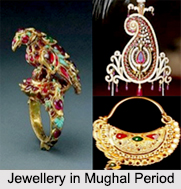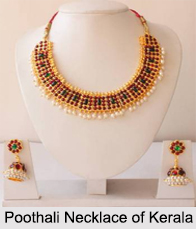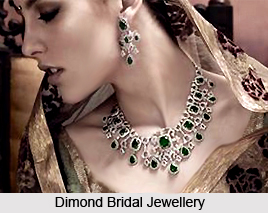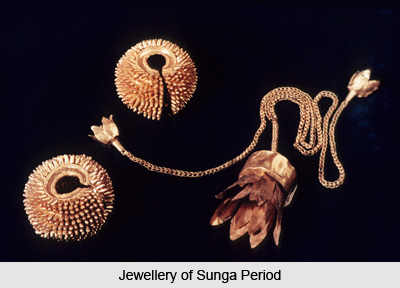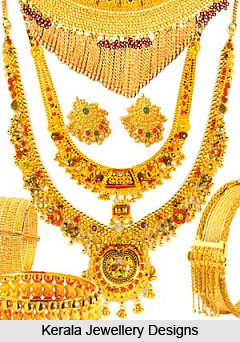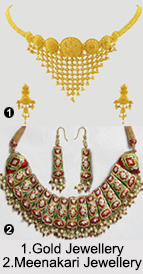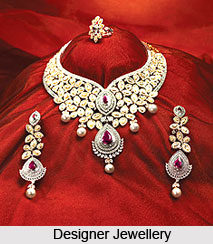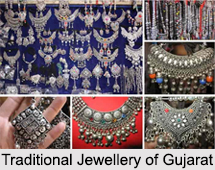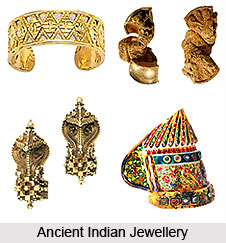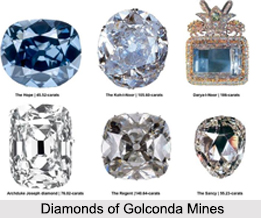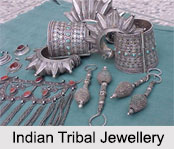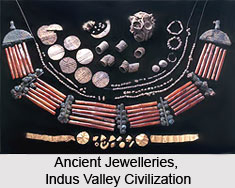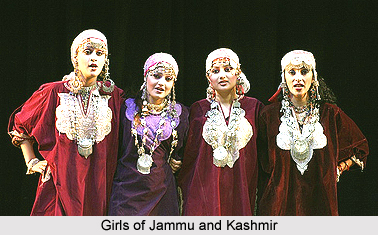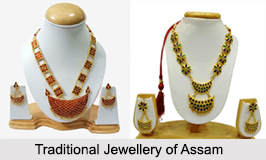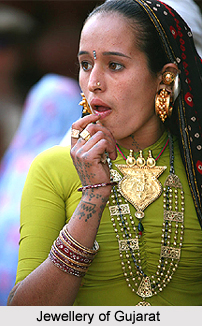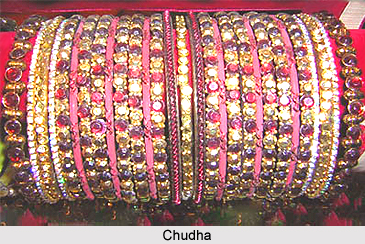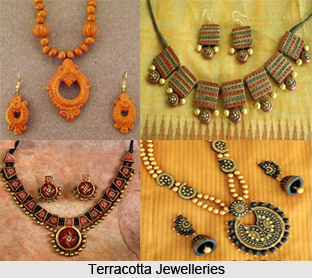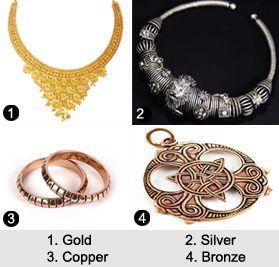 Metals play a critical role in the creation of contemporary jewellery by affecting appearance, durability and cost. There are several metals used in the creation of fine jewellery. The metal types commonly used to make jewellery include gold, platinum, titanium, silver and stainless steel. Metals including rhodium, pewter and palladium are also used with jewellery.
Metals play a critical role in the creation of contemporary jewellery by affecting appearance, durability and cost. There are several metals used in the creation of fine jewellery. The metal types commonly used to make jewellery include gold, platinum, titanium, silver and stainless steel. Metals including rhodium, pewter and palladium are also used with jewellery.
Aluminum Jewellery: Some costume jewellery and artisan pieces contain aluminum, either on its own or in combination with other metals. It is silver-coloured and has an attractive sheen. With anodizing technology, it can be coloured in bright, pretty shades.
Brass Jewellery: Brass is a common choice for costume jewellery, since it has an attractive gold color and offers an affordable alternative to precious metals. Made from a combination of copper and zinc, the properties of brass can vary depending on the amount of these two metals used in its production.
Bronze Jewellery: Similar to brass, bronze is an alloy of multiple metals. Often, it contains copper, tin and zinc. This pretty metal has a warm, brownish-gold tone that works well with a variety of stones and materials. According to some researches, jewellers have been using brass for thousands of years.
Copper Jewellery: The warm reddish glow of copper makes it a gorgeous choice for artisan jewellery and it has a number of properties that also make it a practical option.
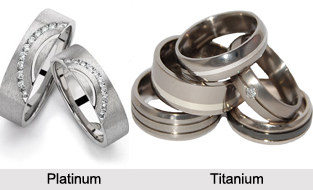 Gold Jewellery: Gold is among the most precious and expense metals on the planet. Gold is one of the most versatile and lovely metals for jewellery. Gold comes in different karats or purities, each of which has advantages for the consumer.
Gold Jewellery: Gold is among the most precious and expense metals on the planet. Gold is one of the most versatile and lovely metals for jewellery. Gold comes in different karats or purities, each of which has advantages for the consumer.
Pewter Jewellery: Pewter is the fourth most popular metal used in jewellery. As an alloy of tin and copper, pewter has a soft silver color. This is an affordable choice for costume jewellery and artisan pieces.
Platinum Jewellery: As one of the most desirable jewellery metals on the planet, platinum is a popular choice for fine jewellery, including engagement rings. Platinum has a beautiful white color that does not require polishing. This metal is rare and very valuable. One of the strongest metals on the planet, platinum is excellent for jewellery that needs to last a lifetime. Because it is so rare, platinum is one of the most expensive choices for jewellery.
Silver Jewellery: Silver is another beautiful white metal used in jewellery. Since it is so soft, one will almost never encounter pure silver jewellery. Instead, one will see sterling silver, which is 92.5% silver and 7.5% other metals. One may also encounter silver-plated and silver-filled pieces. These items feature a layer of silver on the surface of the piece. Silver-plating creates a very thin layer, which is easily damaged. Silver-filled items are more durable, since they have a thicker layer of silver.
Stainless Steel Jewellery: Stainless steel offers an affordable choice for people who love silver-toned jewellery. It is an alloy of iron, chromium, nickel, titanium, copper and other materials. Compared to precious metals, stainless steel is far less expensive. Stainless steel is quite durable when compared to many other metals.
Titanium Jewellery: Titanium is another beautiful and affordable choice. Titanium is durable and strong, so it"s a good choice for items one can plan to wear often. It doesn"t bend easily, and it resists scratching and abrasion.
Each material has pros and cons for the jewellery consumer. With time and experience, one will soon find out which metals are favourites and also suitable as many metals are found to be allergic in nature.
